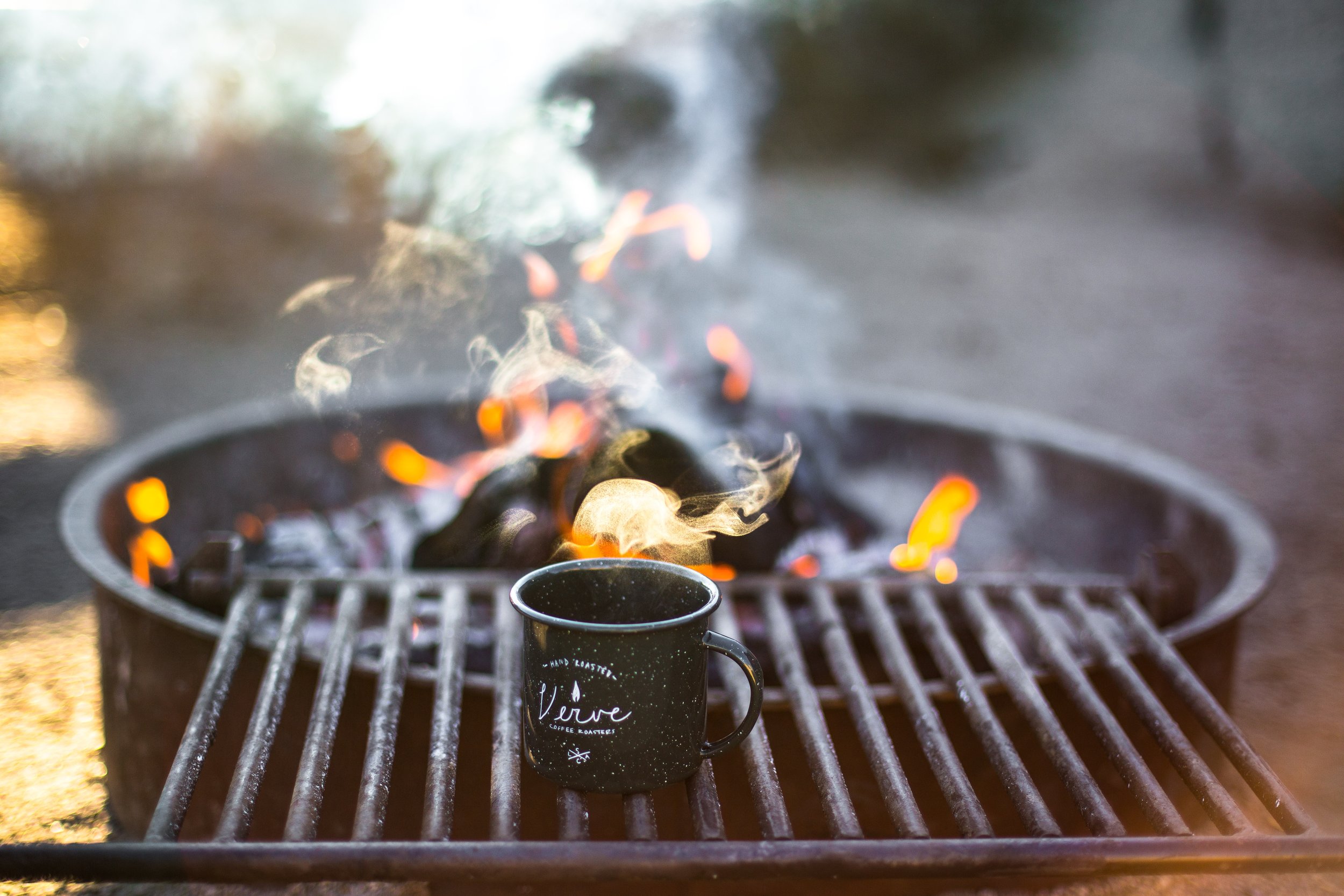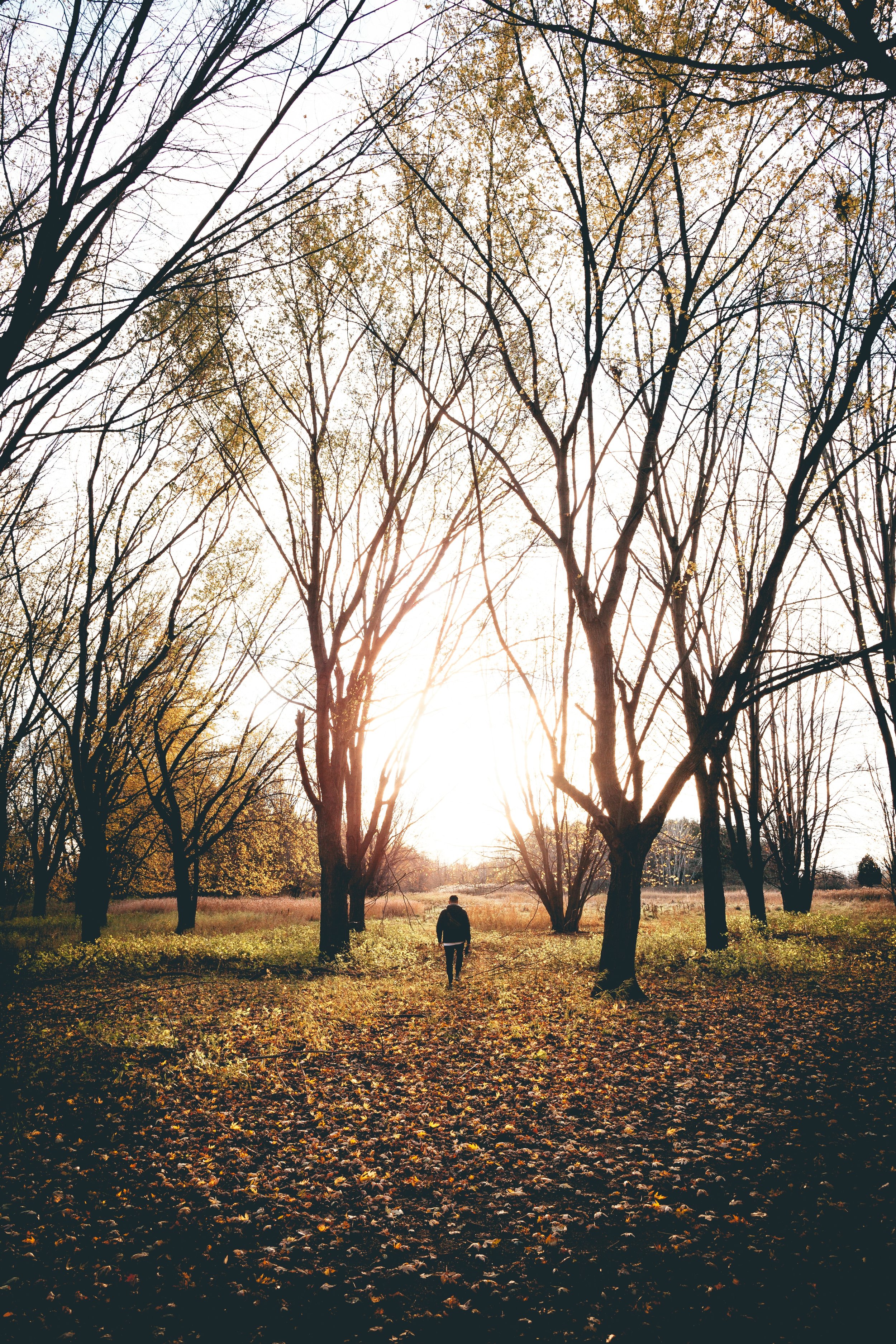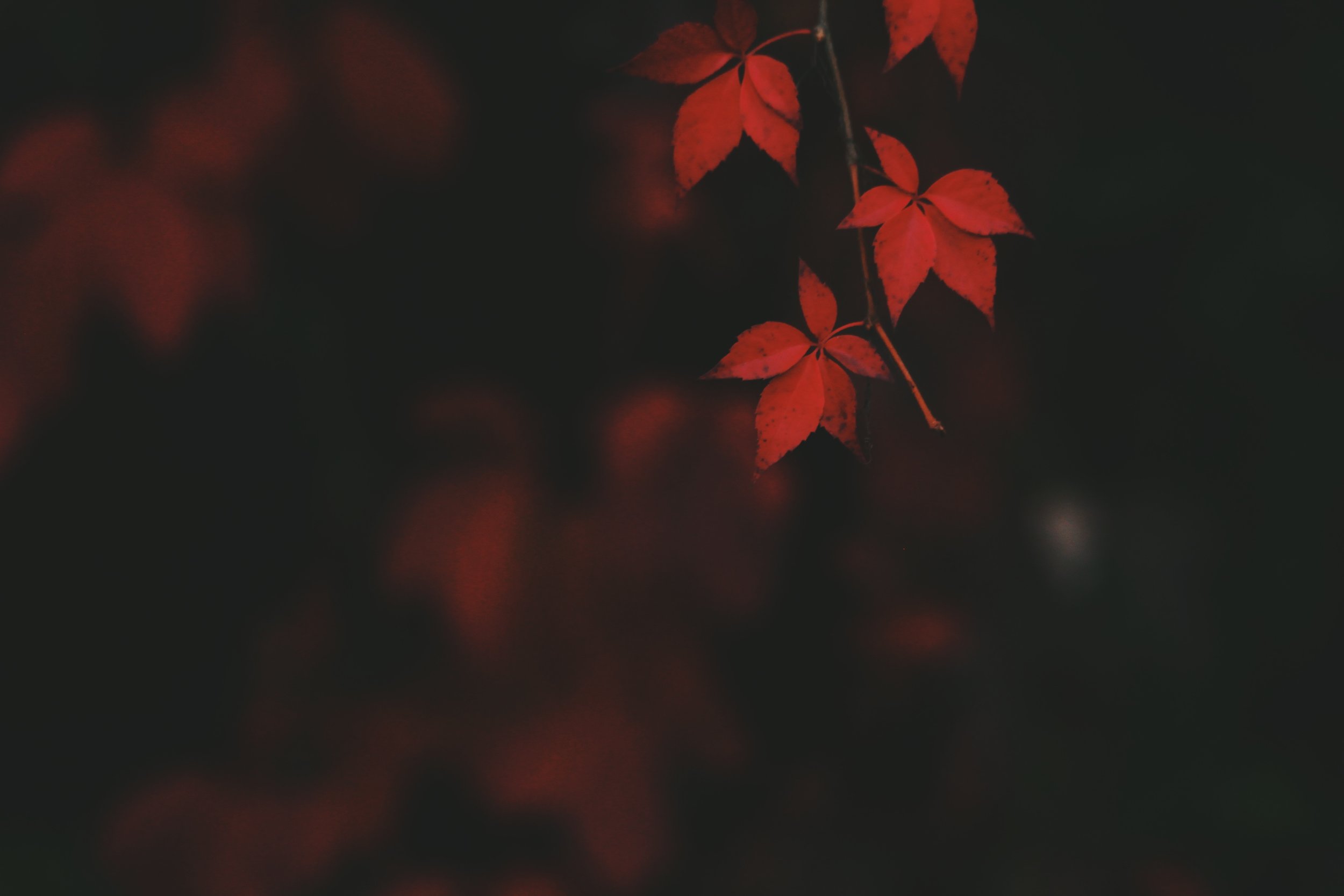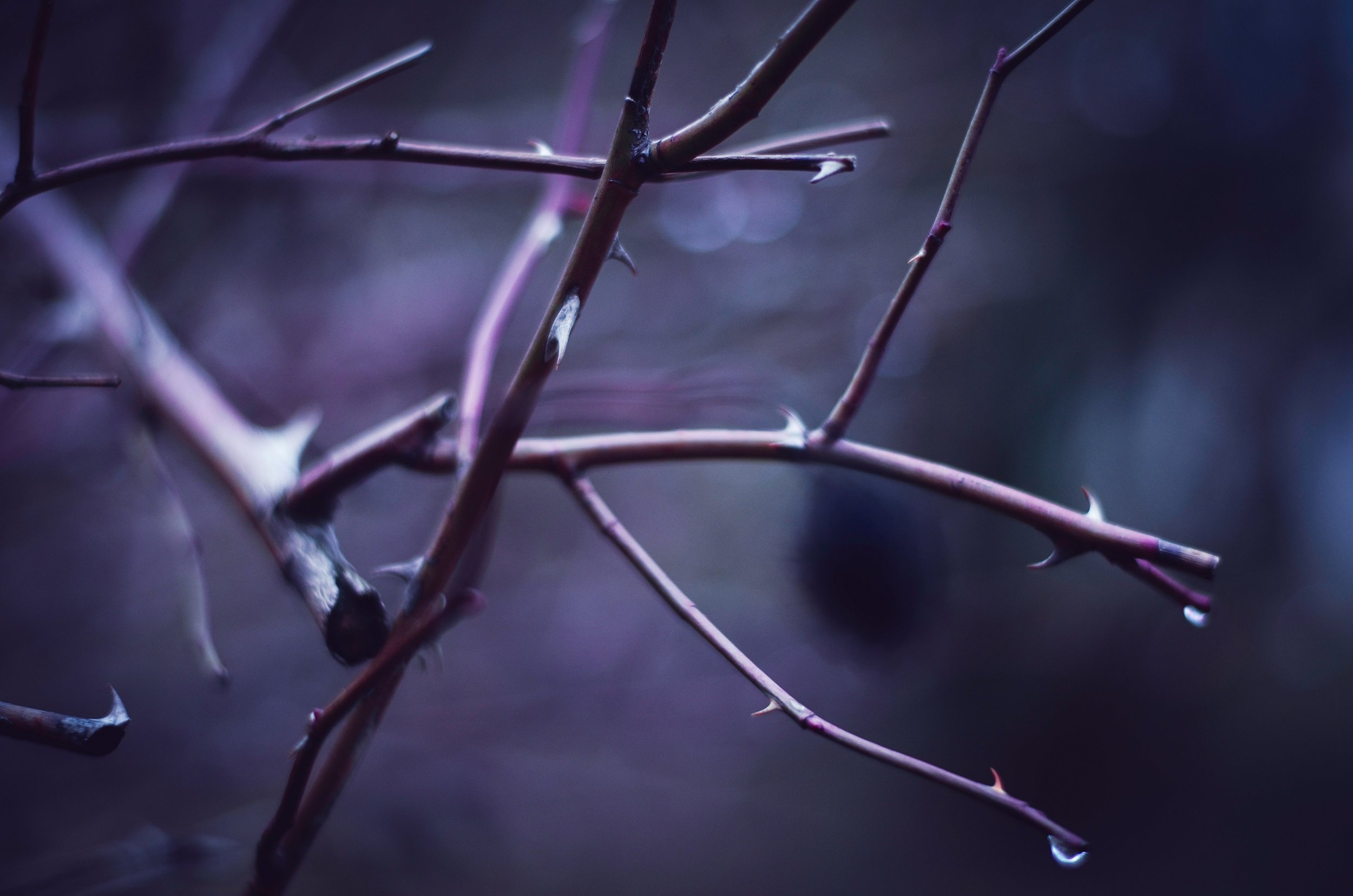“Slow living is conscious, intentional, mindful, and living deeply.”
(source)
The slow living philosophy is growing. We are (slowly) coming to the realisation that a fast-paced consumerist society is not the key to happiness or fulfilment. Instead, we crave a less-is-more approach with a focus on quality of life, in whatever form that takes for each individual.
For some, that might mean a huge lifestyle change - opting for a tiny home; changing jobs; keeping chickens - but for others it might just be that extra twenty minutes in the morning, sat in candlelight with a simple breakfast and mug of tea. The varied individual approaches matter very little; of more importance is the idea we should savour every minute instead of count them.
Last month, a break away from the norm forced me to explore my own vision of slow living, and question whether or not I’d been embracing it fully; perhaps unsurprisingly, I returned home with a head full of changes I wanted - needed - to make.
*
Family-owned Warborne Farm sits in the south of the New Forest, not too far from the coast. Run on organic principles for the past three decades, it is very much still a working farm, and tractors chug in and out of the yard daily, much to my son’s delight! Dan and I visited with Monty (18 months at the time) and stayed in the Grain Loft, a rustic barn conversion on the first floor. Monty’s favourite part was - by far - the walk on window, through which he could see chickens pecking all day long. Each morning of our visit began with a request to go see the chickens, but 6am was a little early for the birds, and all was still dark below until around 7.
With no real agenda, the days began slowly, wrapped up reading books in bed and padding through to the kitchen to put on a pot of coffee and begin making breakfast. Candles were lit at every meal, and instead of rushing to finish and move on to the next activity, we lingered at the table, happy to chat and read a few pages more.
Staying in the New Forest meant a daily walk was of course on the cards. We ventured into the woods searching for ponies and falling autumn leaves, and stretched our legs on the heath to find cows, cobwebs and drizzling rain.
Back at the farm, we picked tomatoes, herbs and garlic for dinner that evening. Eggs from the chickens were a staple during our stay, too. We’re no strangers to growing our own - our veg patch feeds our extended family throughout the year, and we’re self-sufficient in many things over the summer months - but in a different location I was reminded how enjoyable these tasks can be. Every action can bring pleasure, if approached with the right mindset.
*
Almost a month has passed since we returned from our trip to Warborne, and slowly, I’m making some changes. A single beeswax candle burns in the centre of the table for each meal; a celebration of the meal ahead. We’ve slowed our morning routine to incorporate reading in bed as a family, not rushing to move downstairs too soon. I’ve also stopped pressurising myself to do activities and trips with Monty, choosing instead to embrace the slow everyday; collecting windfall apples, meandering around the top field, pausing to look at berries and leaves, tractor-watching around the village. Sometimes a look at someone else’s everyday is enough to make you re-prioritise your own. Thank you Warborne Farm for being that reminder.
Collaboration Note: Thank you to Fanny and George at Warborne Farm for inviting us to stay. All words, thoughts and images are my own.











































